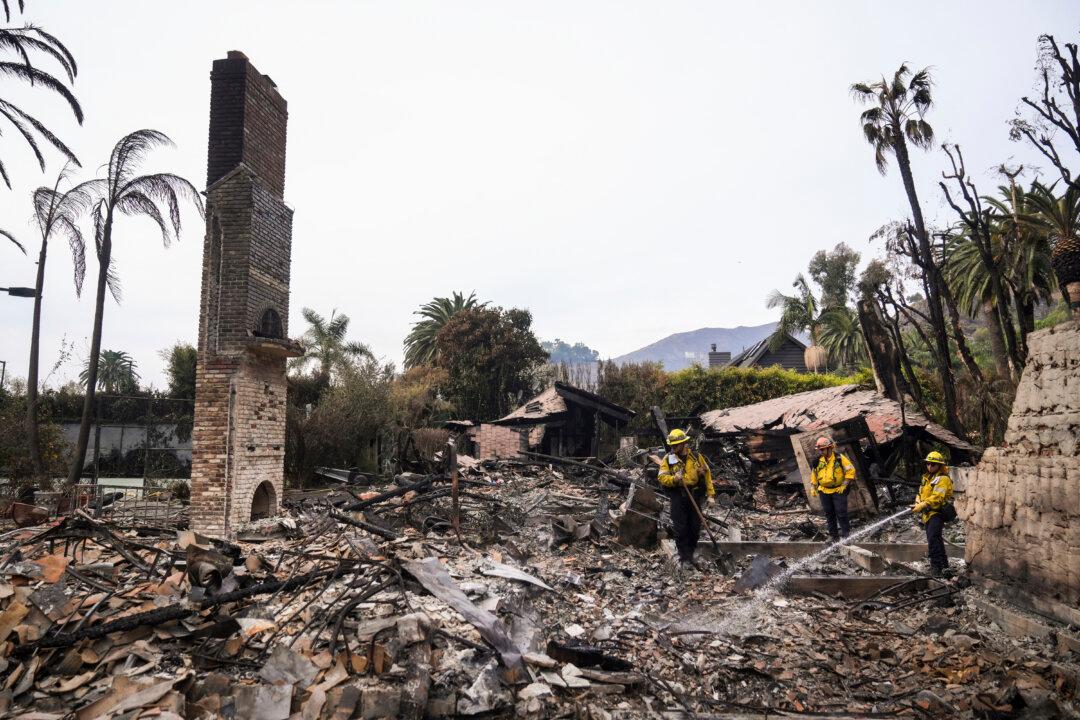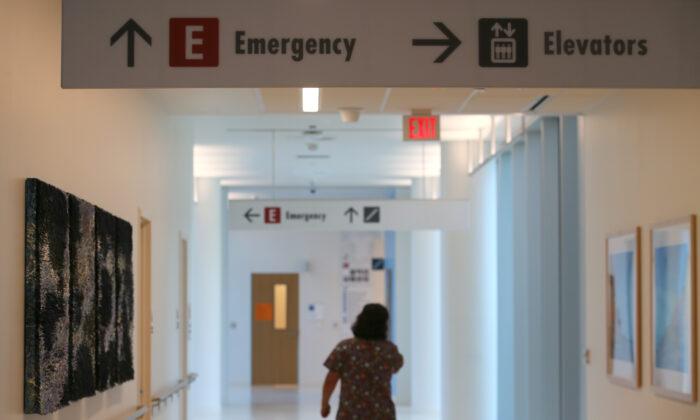Paris Hilton is partnering with California legislators to push for more transparency in youth facilities to prevent the type of abuse she says she suffered as a teen in a residential school.
The celebrity’s nonprofit, 11:11 Media Impact, is sponsoring Senate Bill 1043, a bipartisan measure authored by Sen. Shannon Grove, Sen. Angelique Ashby, and Aisha Wahab.
The legislation proposes greater transparency for children and teens living in youth facilities licensed by the California Department of Social Services. If passed, it would require the facilities to issue a public report to the state on any use of restraints and seclusion rooms.
The bill would require additional transparency by requiring state programs to report such data, and incidents resulting in serious injuries or deaths. The reports would be displayed via an online public dashboard on the social services department’s website.
In 1997, Ms. Hilton attended Provo Canyon School, an involuntary psychiatric youth residential treatment center in Utah, for 11 months where she claims in her memoir she was routinely sent to isolation rooms, allegedly sexually abused during random late-night gynecologic exams, and was stripped of her name.
She has since participated in grassroots efforts to reform youth treatment facilities, spearheaded the passage of five state laws, and supported the introduction of bipartisan federal legislation called “The Stop Institutional Child Abuse Act.”
Ms. Hilton said she was honored to partner with Ms. Grove on the legislation.
“As a survivor of the ‘Troubled Teen Industry,’ I am proud to partner with Senator Shannon Grove—a champion for children in California—on the Accountability in Children’s Treatment Act to bring much needed transparency to California youth facilities,” Ms. Hilton said in a statement April 2. “I look forward to collaborating with all members of the California legislature on this important bill in our shared pursuit for protection of our state’s most vulnerable youth.”
In 2021, she shared photos taken when she was 18 after she was allegedly abused at the boarding school.
“I was so traumatized that I pretended everything was okay, trying to block out the painful memories,” she wrote on Instagram. “Looking at this now, I know that the teen me would be so incredibly proud of the woman I am today. Being brave and using my voice to make a difference and save children from having to endure the abuse myself and so many others have had to go through.”
Also on April 2, she posted a video on social media with her former classmates sharing their experiences.
They said they still had anxiety and shame from their time at the school, where they claim they were force fed, cut off from friends and family, and allegedly physically, emotionally, and sexually abused.
“We’re all survivors,” Ms. Hilton told them. “We’re all warriors. And I don’t want anyone to feel the way we do.”
In the past, California sent children to out-of-state facilities with the goal of getting them the treatment they needed, but numerous incidents were reported to the state about abuse, according to Ms. Grove.
In response, state legislators introduced a bill in 2021 to eliminate the placement of foster youth in out-of-state treatment facilities and to create the Child’s Continuum Pilot Program to develop care for foster youth.
The bill was passed that year, which decertified the facilities and required all California youth to return to the state by Jan. 1, 2023.
Gov. Gavin Newsom allocated $8 million to bring home the remaining youth and used the funding to recruit foster families and bolster health and behavioral support services.
Short Term Residential Therapeutic Programs now serve as the replacement for the out-of-state facilities. However, the use of seclusion rooms and restraints on minors still occurs, which require reporting to the California Department of Social Services. That information, though, is not accessible by the public.
“California has been on the forefront when it comes to recognizing the need to strengthen laws surrounding youth in congregate care,” said Ms. Grove, in a statement April 2. “When it comes to our children’s health and wellness, we should only accept the highest level of transparency in these areas of care.”
On Jan. 1, there were nearly 44,000 foster care children in California, according to the University of California at Berkeley’s California Child Welfare Indicators.







